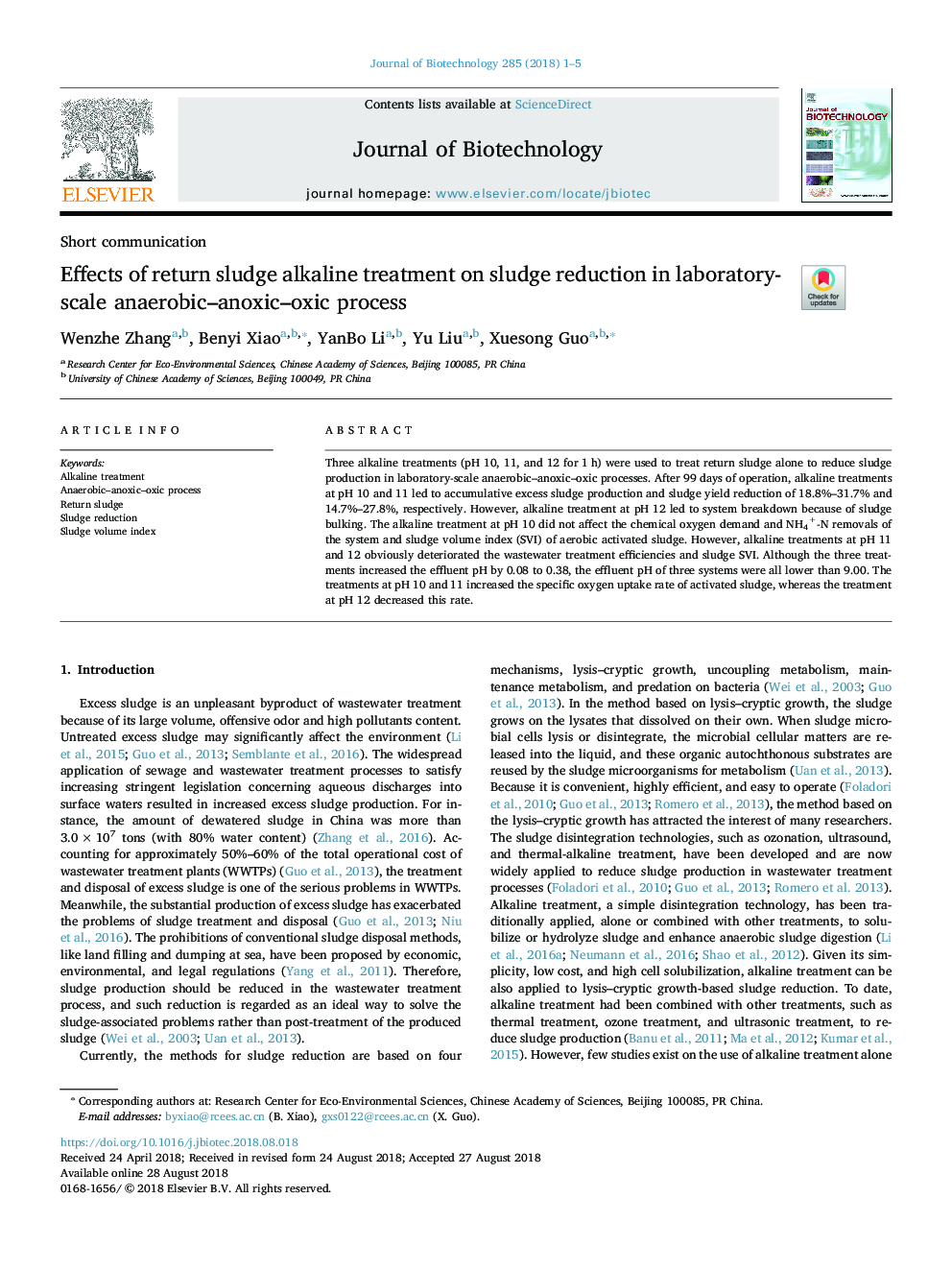| Article ID | Journal | Published Year | Pages | File Type |
|---|---|---|---|---|
| 8953251 | Journal of Biotechnology | 2018 | 5 Pages |
Abstract
Three alkaline treatments (pH 10, 11, and 12 for 1âh) were used to treat return sludge alone to reduce sludge production in laboratory-scale anaerobic-anoxic-oxic processes. After 99 days of operation, alkaline treatments at pH 10 and 11 led to accumulative excess sludge production and sludge yield reduction of 18.8%-31.7% and 14.7%-27.8%, respectively. However, alkaline treatment at pH 12 led to system breakdown because of sludge bulking. The alkaline treatment at pH 10 did not affect the chemical oxygen demand and NH4+-N removals of the system and sludge volume index (SVI) of aerobic activated sludge. However, alkaline treatments at pH 11 and 12 obviously deteriorated the wastewater treatment efficiencies and sludge SVI. Although the three treatments increased the effluent pH by 0.08 to 0.38, the effluent pH of three systems were all lower than 9.00. The treatments at pH 10 and 11 increased the specific oxygen uptake rate of activated sludge, whereas the treatment at pH 12 decreased this rate.
Related Topics
Physical Sciences and Engineering
Chemical Engineering
Bioengineering
Authors
Wenzhe Zhang, Benyi Xiao, YanBo Li, Yu Liu, Xuesong Guo,
